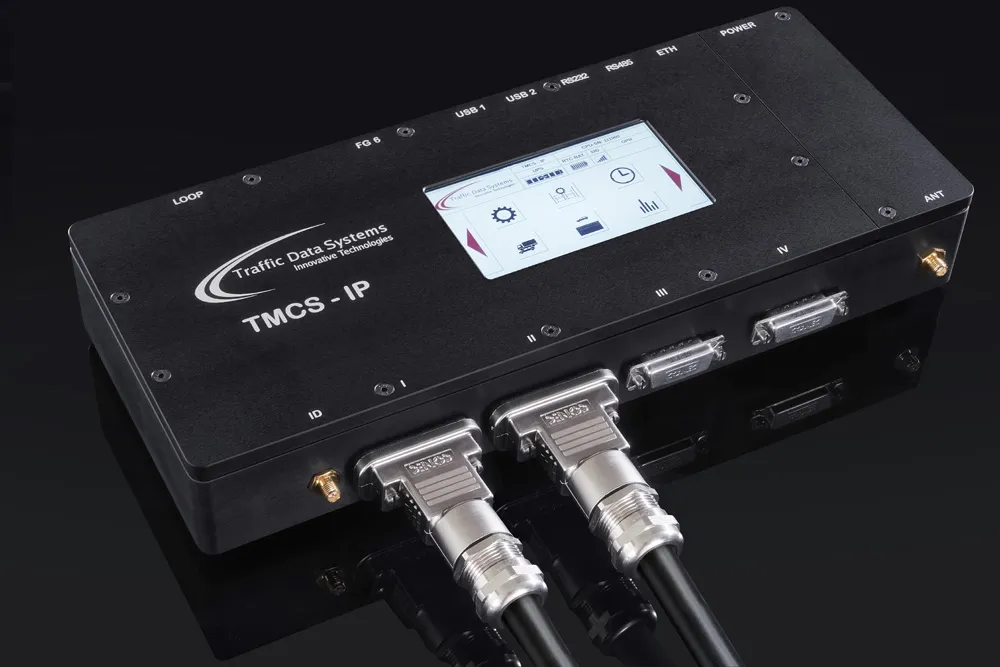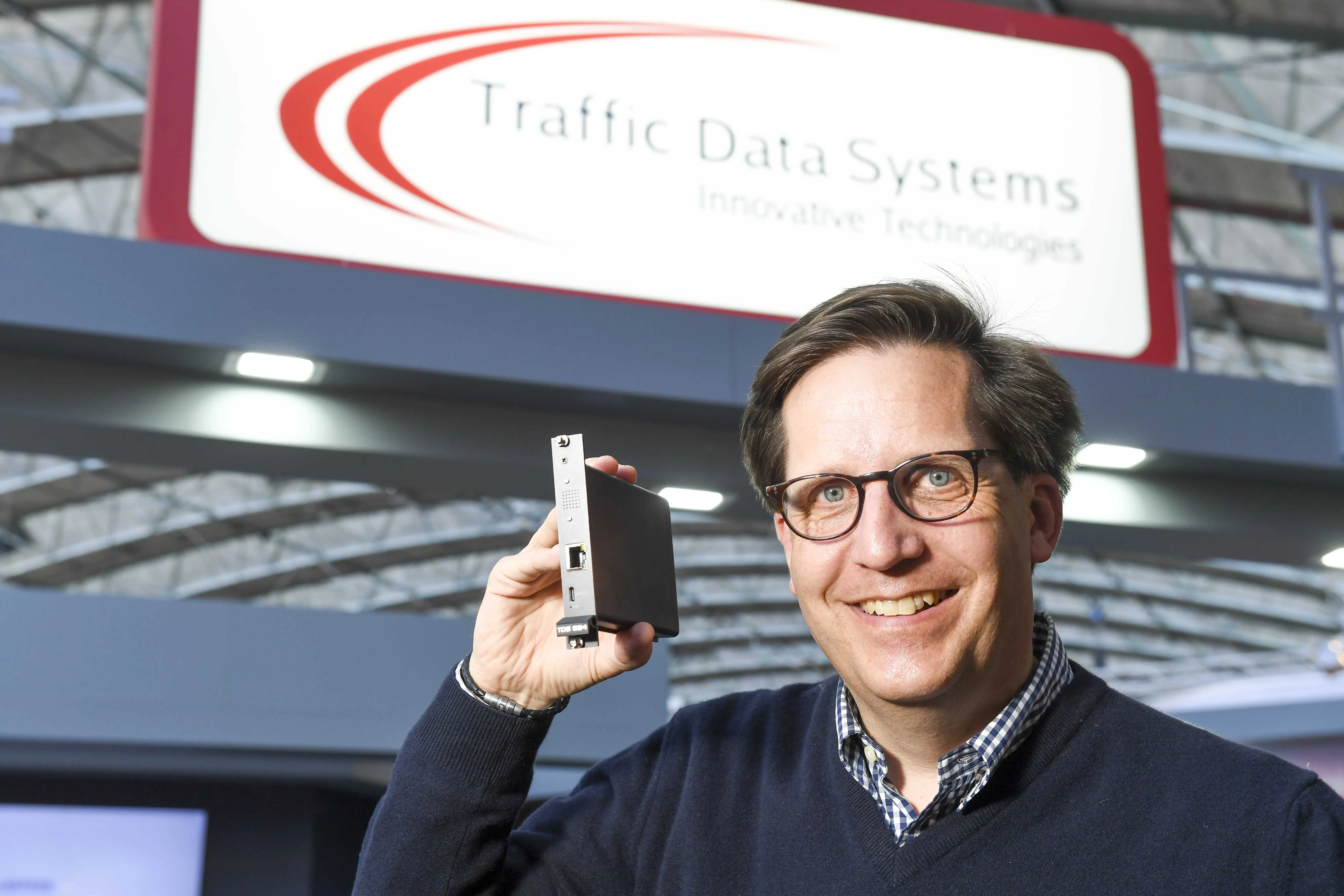Today's traffic systems thrive on data, which is why Nortech Detection is debuting its IR200 intelligent vehicle loop detector at the ITS World Congress. Designed for motorway use, the IR200 collects, stores and reports multi-lane traffic data derived from 32 loops (or 16 lanes in speed measurement mode) at vehicle speeds to 200km/h.
The IR200 incorporates incident detection capability implemented at the roadside. Using the TRRL HIOCC algorithm, the equipment monitors traffic occupancy per lane on a seco
October 11, 2016
Read time: 2 mins

Today's traffic systems thrive on data, which is why Nortech Detection is debuting its IR200 intelligent vehicle loop detector at the ITS World Congress. Designed for motorway use, the IR200 collects, stores and reports multi-lane traffic data derived from 32 loops (or 16 lanes in speed measurement mode) at vehicle speeds to 200km/h.
The IR200 incorporates incident detection capability implemented at the roadside. Using the TRRL HIOCC algorithm, the equipment monitors traffic occupancy per lane on a second-by-second basis and provides traffic incident alarms calculated from configurable alarm variables downloaded from the host computer.
'Smarter' TD664 vehicle detectors incorporate AFS (automatic frequency selection) on each four channel card, evaluating multiple possible frequency shift selections and automatically selecting the best frequency setting for each loop on start-up.
The IR200 upgrades Nortech's previous system from serial communication to ethernet, offering RS232, ethernet and USB ports, and a web browser interface.
“The web browser interface enables the operator to access the system remotely from anywhere,” said Cyril Farrow, technical manager, Nortech Detection. “The operator no longer has to be on site. They can do fault diagnostics and reconfigure IR200 from the office, which is a major advance over our previous system.
“Remote access can save hours on any failure, especially intermittent failures, where the tech would otherwise have to sit for hours waiting for something to go wrong,” he said.
The IR200, based on the same technology used in 3M automatic vehicle classification (AVC) solutions, is compliant for all Australian traffic systems, and CE mark certified for European and international use.
The IR200 incorporates incident detection capability implemented at the roadside. Using the TRRL HIOCC algorithm, the equipment monitors traffic occupancy per lane on a second-by-second basis and provides traffic incident alarms calculated from configurable alarm variables downloaded from the host computer.
'Smarter' TD664 vehicle detectors incorporate AFS (automatic frequency selection) on each four channel card, evaluating multiple possible frequency shift selections and automatically selecting the best frequency setting for each loop on start-up.
The IR200 upgrades Nortech's previous system from serial communication to ethernet, offering RS232, ethernet and USB ports, and a web browser interface.
“The web browser interface enables the operator to access the system remotely from anywhere,” said Cyril Farrow, technical manager, Nortech Detection. “The operator no longer has to be on site. They can do fault diagnostics and reconfigure IR200 from the office, which is a major advance over our previous system.
“Remote access can save hours on any failure, especially intermittent failures, where the tech would otherwise have to sit for hours waiting for something to go wrong,” he said.
The IR200, based on the same technology used in 3M automatic vehicle classification (AVC) solutions, is compliant for all Australian traffic systems, and CE mark certified for European and international use.










